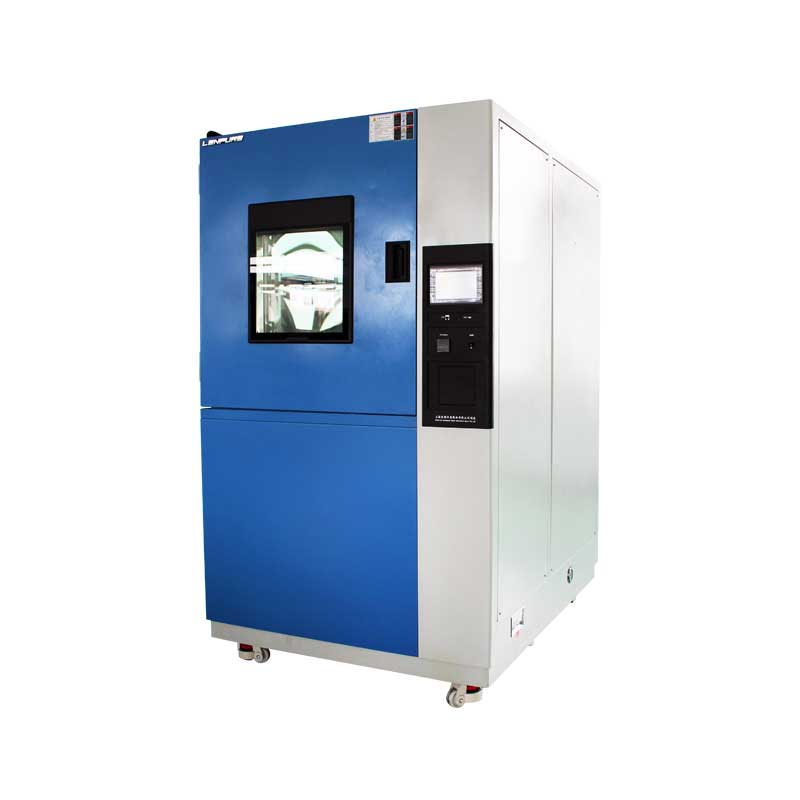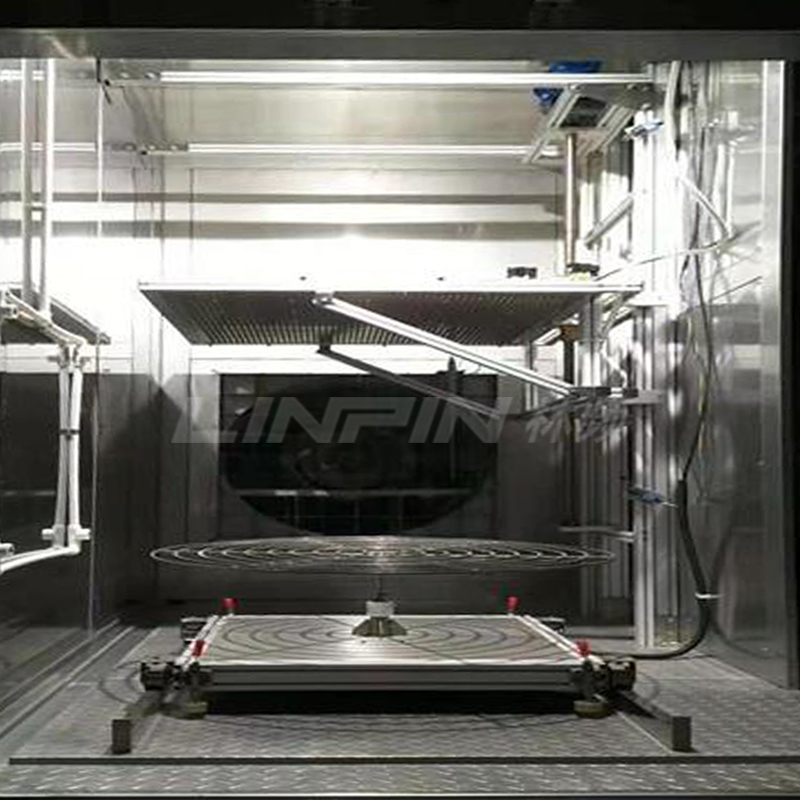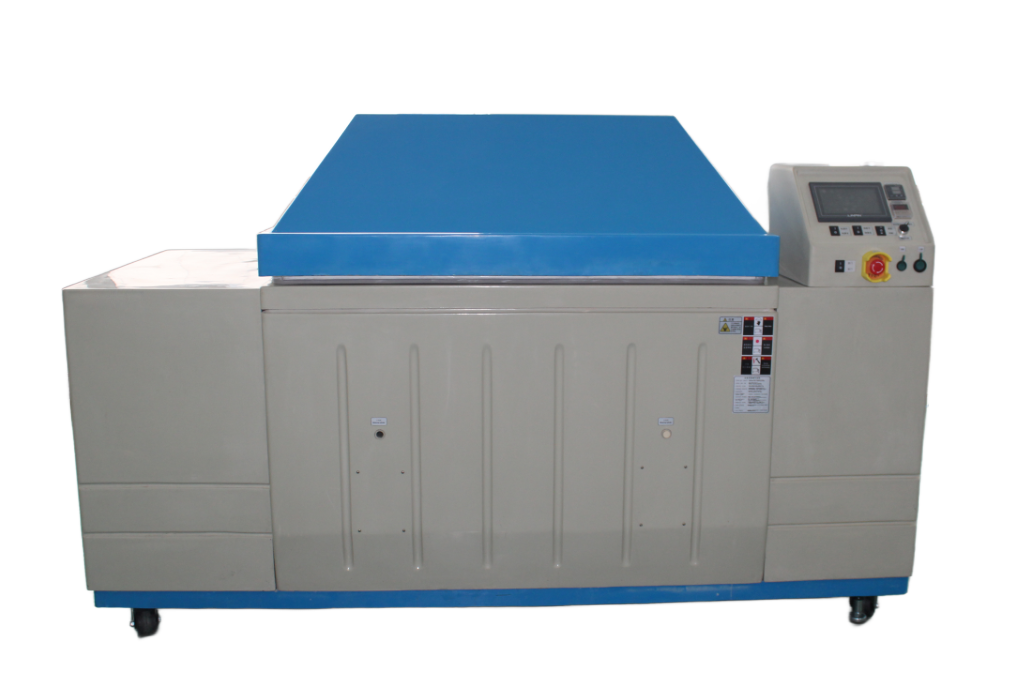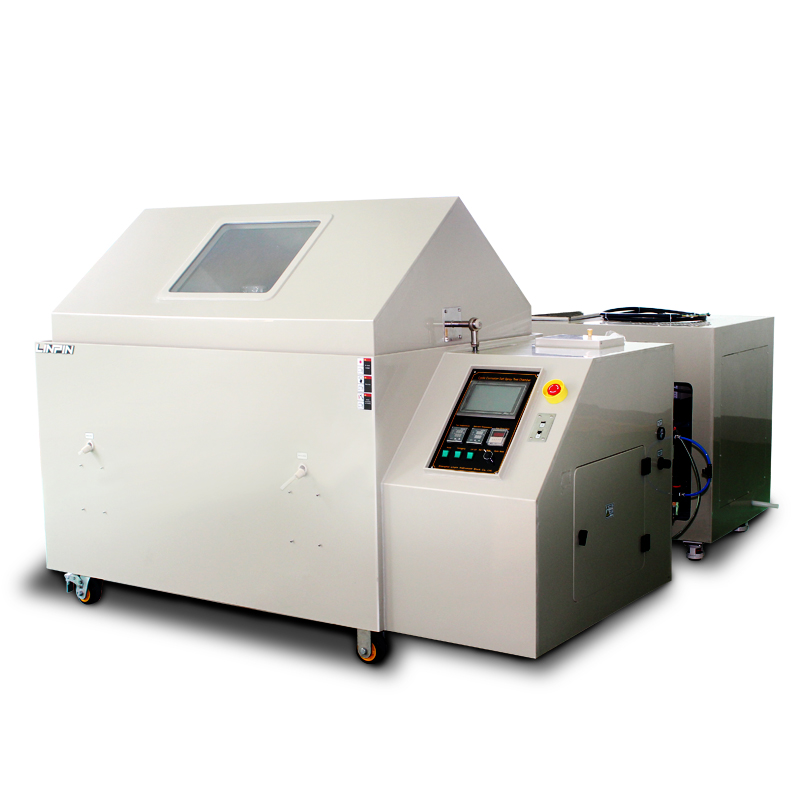Non-Uniform Temperature” in Programmable Humidity & Temperature Test Chambers
Author:LINPIN Update Time:2025-09-03 Source:LINPINAs technology advances, programmable humidity and temperature test chambers have become indispensable in labs and industries for material testing. However, with increased usage, many users report unstable temperature and humidity control—a critical issue that compromises test accuracy and production reliability. Understanding the causes and solutions for this "non-uniform temperature" phenomenon is essential.
Symptoms of Non-Uniform Temperature
The issue manifests in two key ways:
-
Temperature Fluctuations
- Significant deviations between setpoints and actual readings, especially during transient phases.
- Impacts test repeatability and material properties (e.g., expansion, chemical reactions).
-
Humidity Instability
- Failure to maintain target relative humidity (RH), skewing moisture absorption or durability tests.
- Example: Hygroscopic materials may mold or degrade under inconsistent RH.
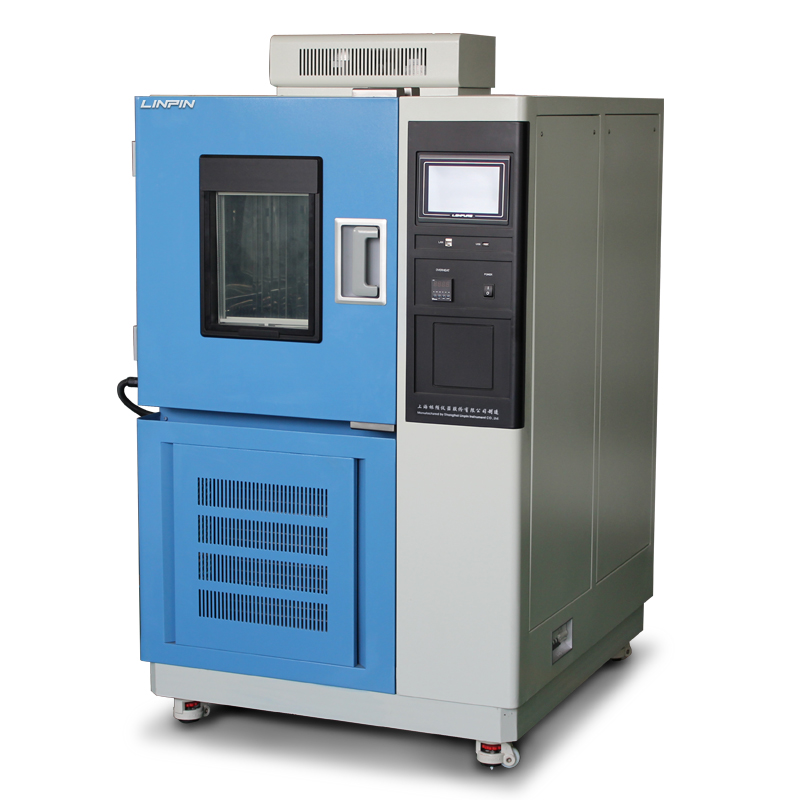
Root Causes
Four primary factors contribute to this problem:
-
Aging Components
- Degraded heaters, refrigeration systems, or humidity control circuits lose precision over time.
-
Sensor Failures
- Faulty or miscalibrated temperature/humidity sensors provide inaccurate feedback, disrupting control loops.
-
Environmental Interference
- External factors (poor airflow, ambient temperature swings, radiant heat sources) overwhelm the chamber’s capacity.
-
Operator Errors
- Incorrect settings or non-standard procedures (e.g., rapid temperature ramping) strain the system.
Solutions to Restore Stability
1. Proactive Maintenance & Calibration
- Schedule quarterly inspections of refrigeration, heating, and humidification systems.
- Recalibrate sensors annually using NIST-traceable standards.
2. Environmental Optimization
- Install chambers in climate-controlled rooms (avoid direct sunlight or drafts).
- Use real-time monitoring tools (e.g., data loggers) to correlate external conditions with chamber performance.
3. Staff Training
- Train operators on:
- Proper ramp/soak programming to avoid thermal shock.
- Pre-test checks (e.g., verifying water levels for humidity control).
4. Upgrade to Smart Systems
- Modern chambers with AI-driven controls auto-adjust parameters and alert users to deviations.
- Example: Units with redundant sensors and adaptive PID algorithms reduce fluctuations by up to 70%.
The "non-uniform temperature" challenge threatens both data integrity and operational efficiency. By addressing hardware wear, environmental factors, and human errors—backed by smart maintenance protocols—users can achieve ±0.5°C stability even in prolonged tests.

